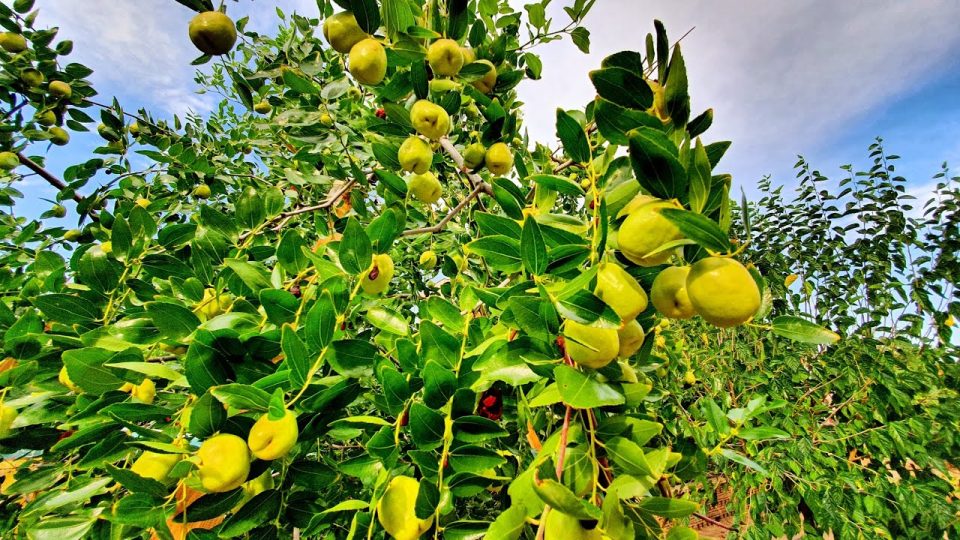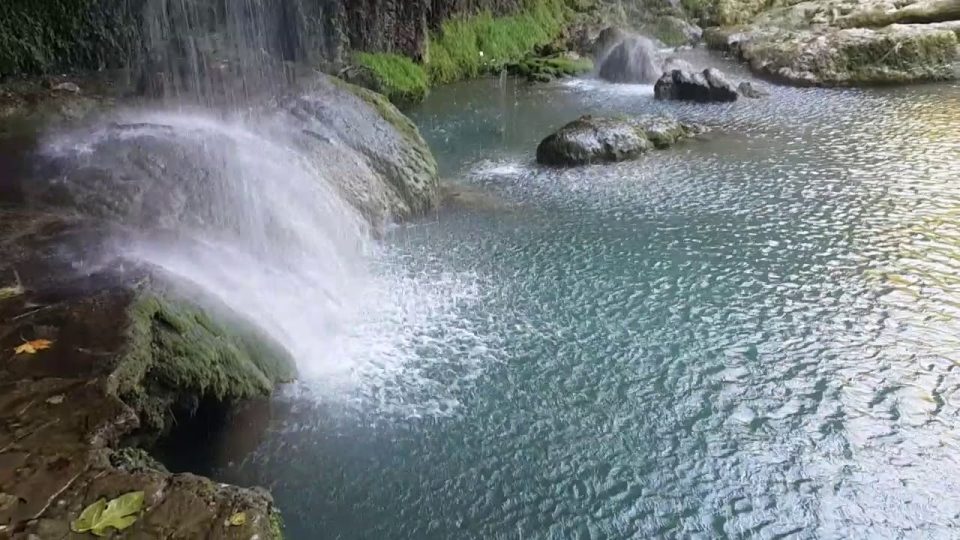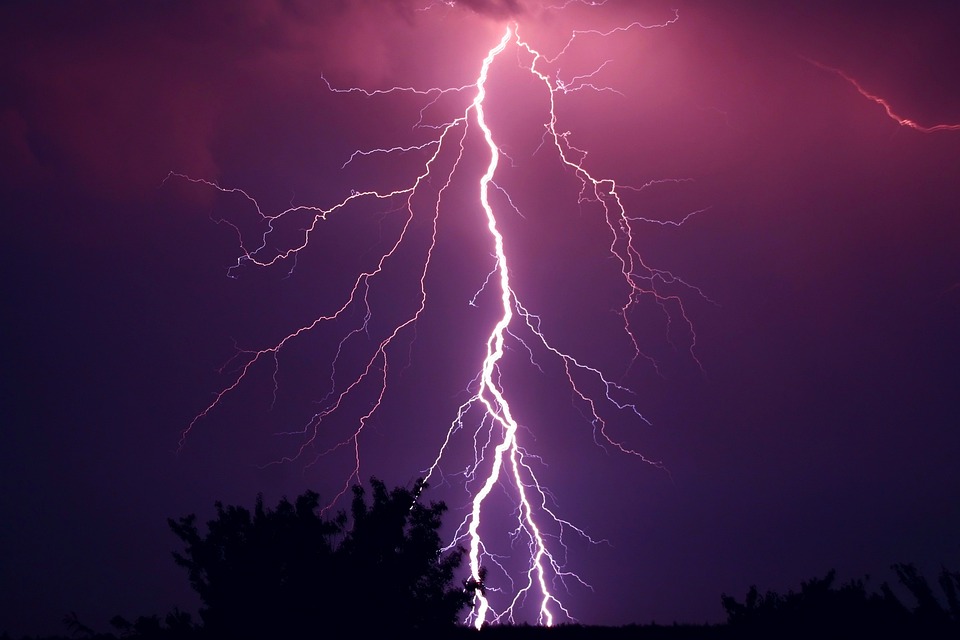Physical Characteristics of Switzerland
The country can be divided into three main topographic areas: the Swiss Alps in the south, the Swiss Plateau in the middle, and the Jura Mountains in the north. The Alps, which are mountain ranges that traverse the country from the middle and south, constitute approximately 60% of the country’s territory.
The Alps

Among the high peaks of the Swiss Alps (the highest peak is Dufour Peak at 4,634 meters) are valleys, some with glaciers. Major rivers such as the Rhine, Rhône, Inn, Aare and Ticino originating here; It empties into lakes such as Lake Geneva, Lake Zurich, Lake Neuchâtel and Lake Constance.
Kandersteg, the Village in the Heart of the Alps| Walk Tour | Switzerland

With more than 1,500 lakes, Switzerland has about 6% of the clean water reserves in Europe. Lakes and glaciers make up about 6% of the country’s land.
While the more densely populated northern part of the country is more flat, it can also be mountainous, such as the smaller Jura Mountains to the northwest. Although the climate of Switzerland is generally mild, it varies from region to region, from the harsh conditions in the high mountains to the warm Mediterranean climate at the southern tip of Switzerland.
The Swiss Alps: Wild Animal Paradise | Free Documentary Nature

Due to the presence of many valleys separated by high mountains, Switzerland’s ecosystems are very sensitive and almost every valley has its own unique ecologies. In mountainous regions, there is a rich vegetation that is not found in other elevations.
Swiss Alps 4K – 30 Minute Relaxation Film with Calming Music

Swiss Climate and Environmental Conditions
Although there are differences from place to place, Switzerland has a temperate climate in general. The summer months are rainy with a certain frequency and the temperature and humidity are suitable for pasture and grazing.
Photo & Video gallery continues…











